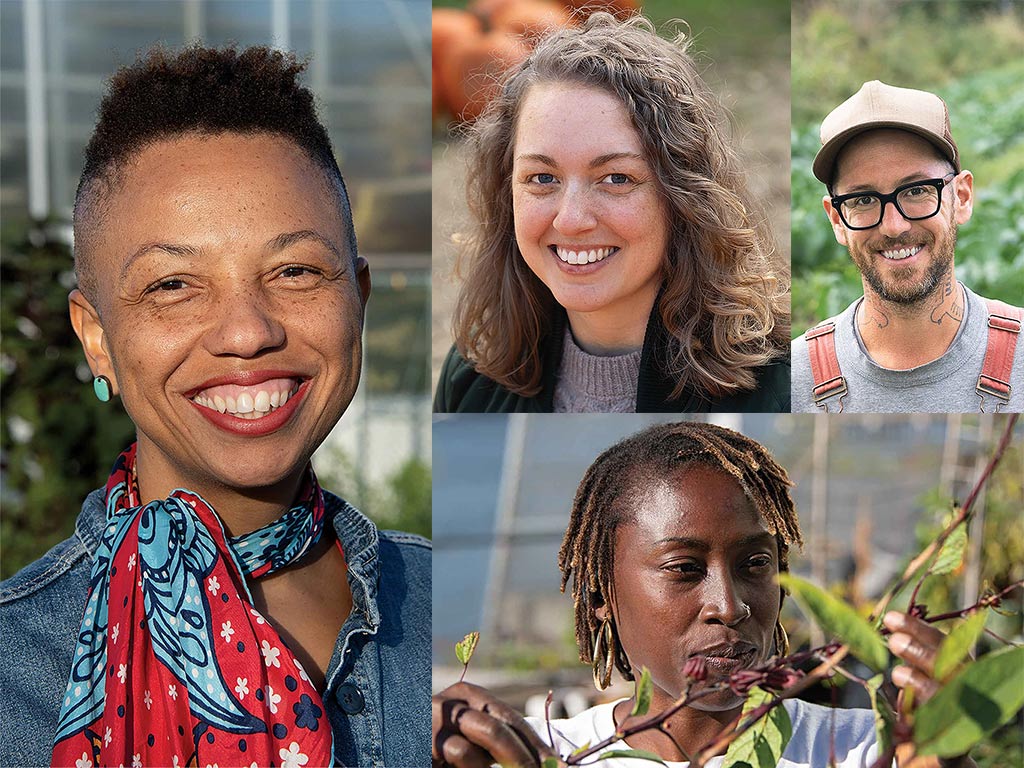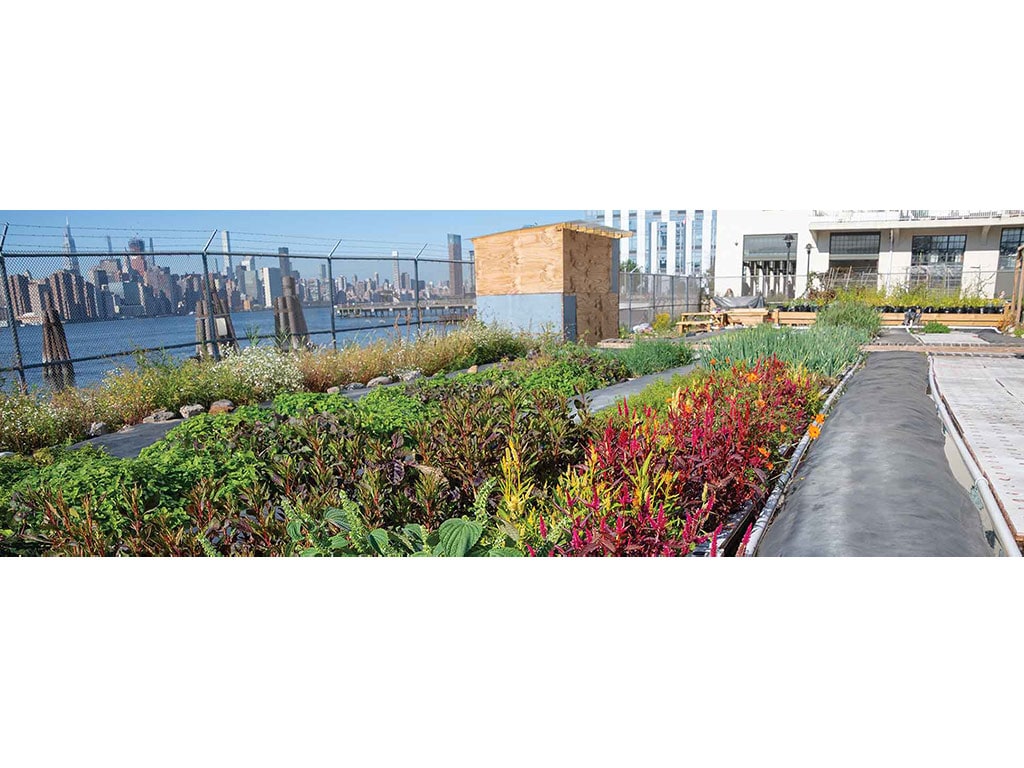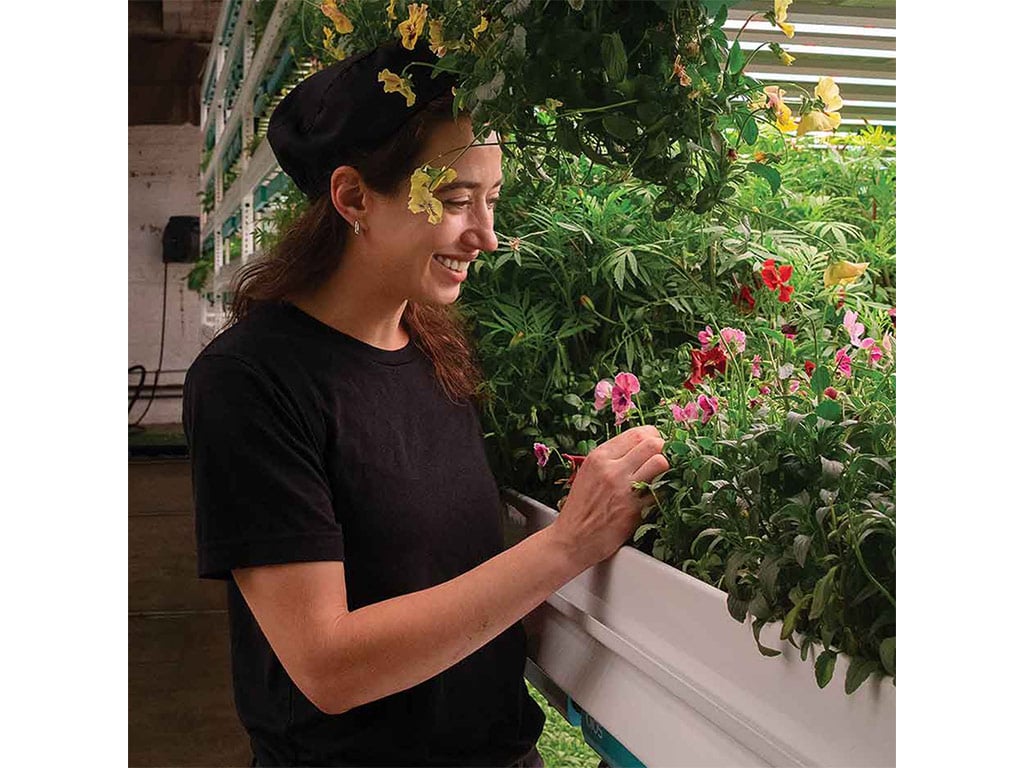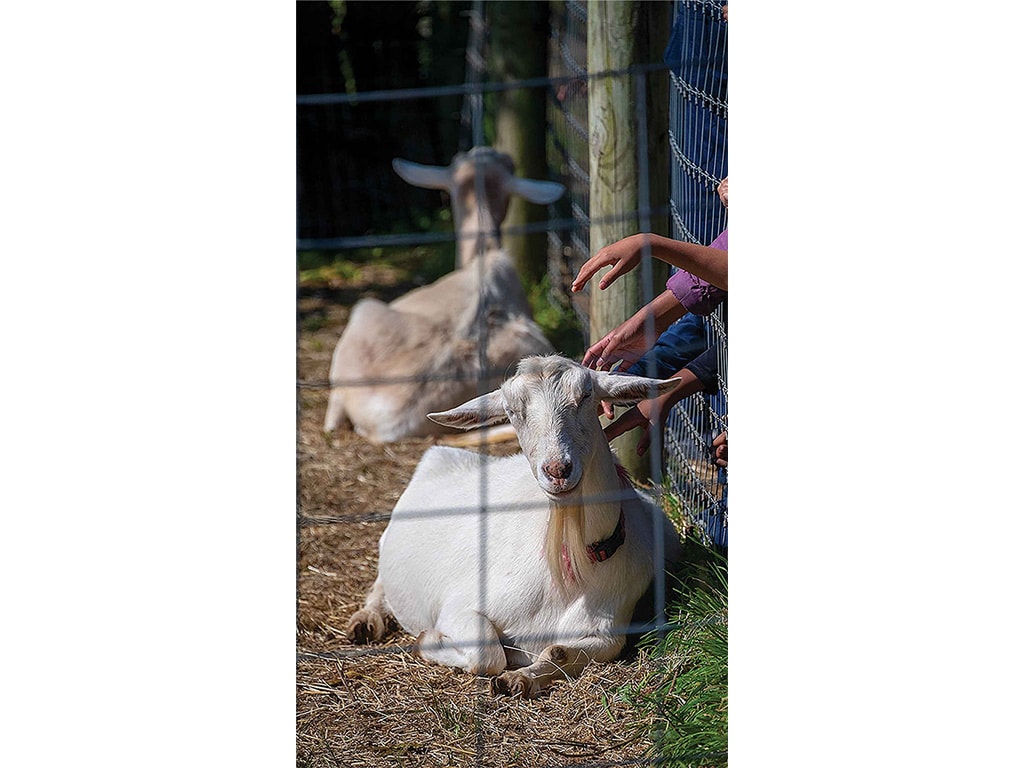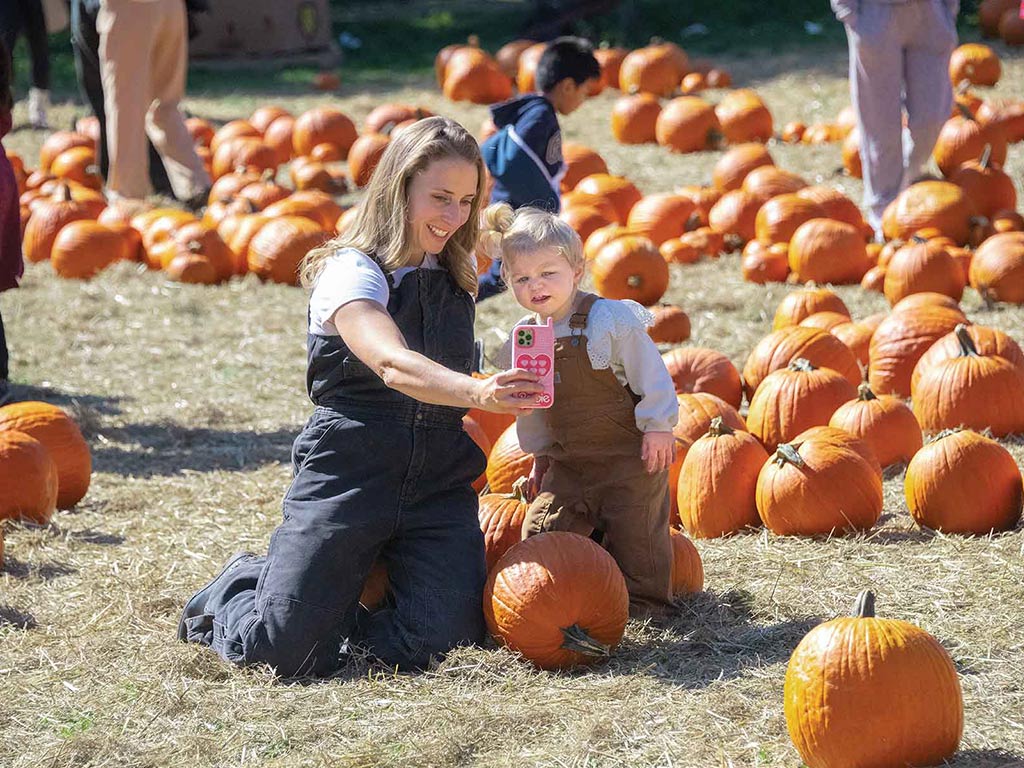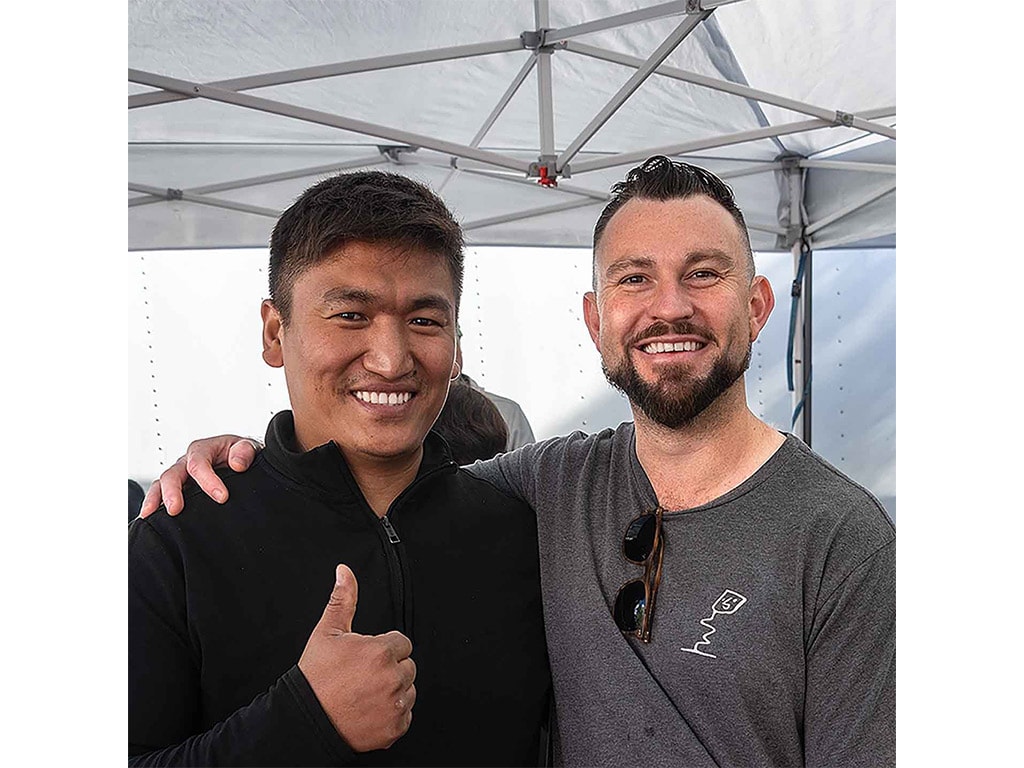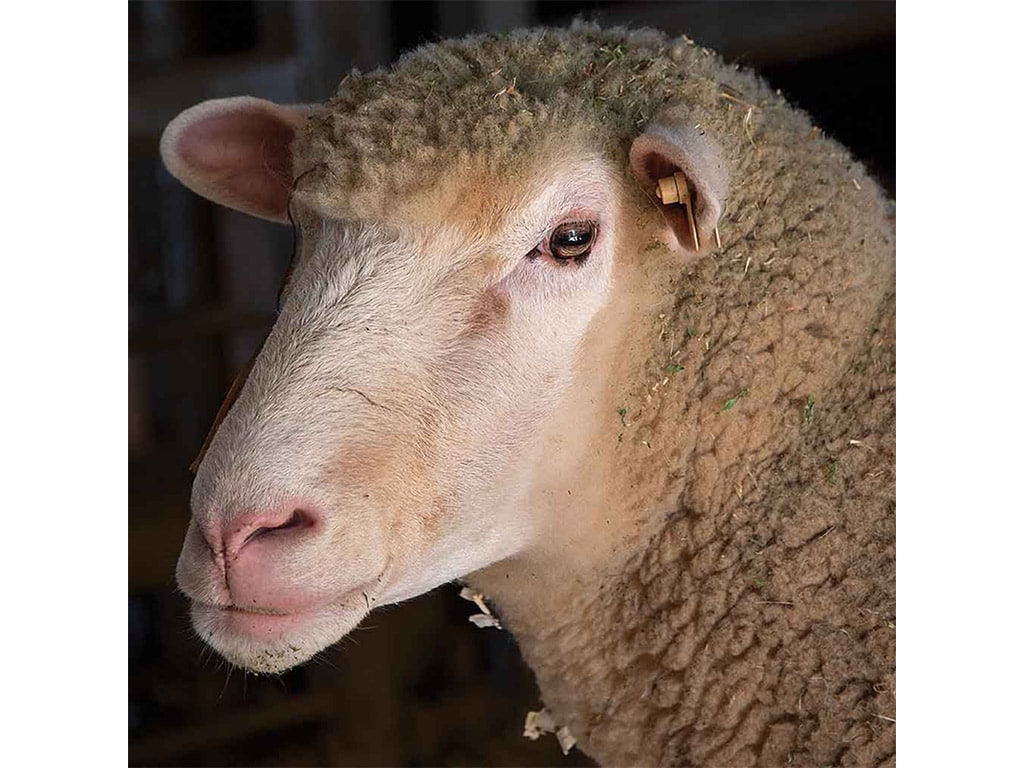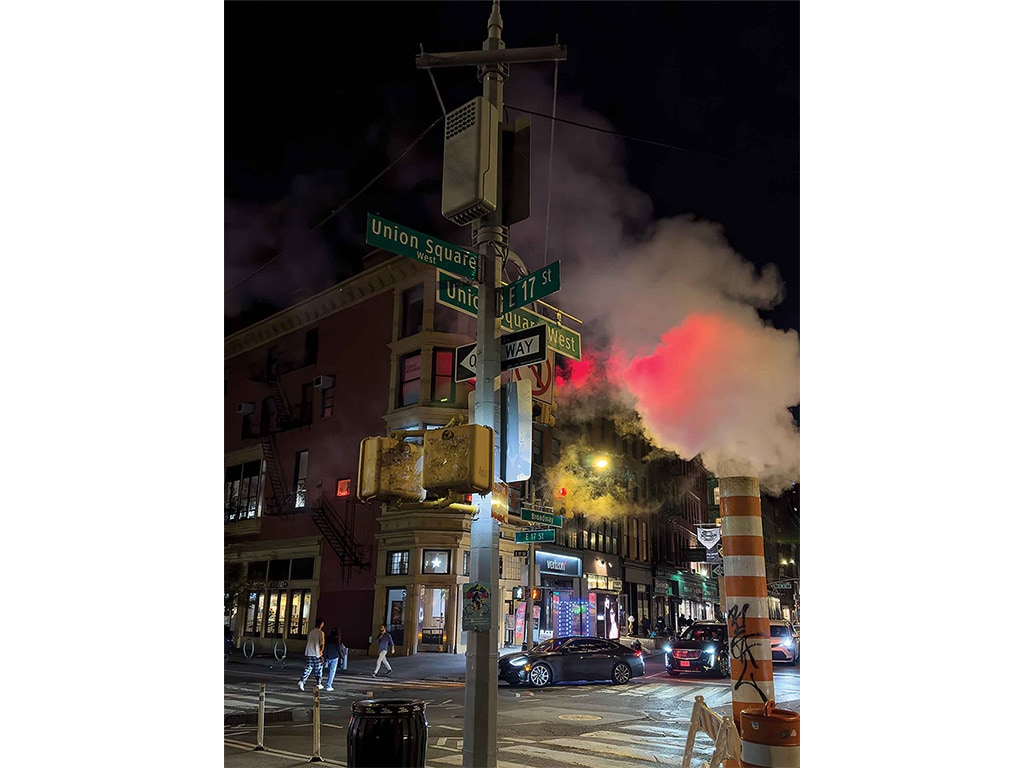Agriculture, Education March 01, 2024
Bright Farmers, Big City
.
Agriculture in the city that doesn't sleep.
In Queens, New York, there's a 47-acre patch of green that has been continuously farmed since 1697. Cropping on the terminal moraine of an ancient glacier, five generations of the Adriance family watched the area turn from the far-flung Dutch colony of New Netherland to the British Colony of New York, then the United States. Other families—and eventually, the patients of Creedmoor Hospital next door—grew grain and vegetables there, almost miraculously shielding it from development for nearly three centuries before it became the Queens County Farm Museum in 1975.
Today's Queens Farm staff produces more than 200 crops using regenerative farming practices, supplying a farm stand and a weekly flower subscription. The stand also features freshly grown produce from other parts of New York State, as well as recipes and demos by a dietitian from Northwell Health, a major health care provider. Queens Farm also runs weekly farm stand setups at Jamaica Hospital and Queens Borough Hall. Oh...and half a million people visit the farm every year.
Walking the tidy rows of cabbages or admiring a cover crop of buckwheat, Queens Farm plots look like any other farm. But the crowds on a busy afternoon, the apartment buildings to the northeast, and the staff's strong emphasis on teaching make it a uniquely urban operation.
Hayden Cubas, the farm's communications lead, points to the role the farm plays in helping develop a "green workforce" through jobs and volunteer slots.
"Especially in New York City, there are not many opportunities to do that," Cubas notes.
Top FFA chapter. Another opportunity is centered a few miles away, at John Bowne High School, (JBHS) home to 550 agriculture students who comprise New York State's largest FFA chapter.
The school's ag program started on 100 acres in 1917 to train city boys to step in for farmworkers fighting in World War I. Today, JBHS has 3.9 acres and 75 to 80% of the ag students are female, according to Patrycja Zbrzezny, a graduate of the program who now heads it as assistant principal.
Students learn to handle a vast menagerie ranging from miniature Zebu cattle and horses to birds, rodents, and reptiles. The summer between 9th and 10th grade, each pupil plants and tends a garden plot. The diverse student body is reflected in the wide range of plants they grow.
"We get to see some cool seeds come in: 'this is what my grandma grows in her garden,' or 'this is what we eat in my family, I want to grow this here,'" says Zbrzezny. "We try to make that happen, give them the space to do it."
After 10th grade, each student chooses between an animal or plant science track. Honors students conduct research that they share at the state FFA convention.
Zbrzezny says graduates have gone on to careers in floriculture, veterinary practices, landscape architecture, tree care, lab animal management, ag mechanics, dog training for the military and law enforcement, and other fields.
Denise Shelley was an ag student at John Bowne High School and though she ended up in information technology, she says she often draws upon the lessons she learned at school and on her two internships on upstate dairy farms. She puts that knowledge to work as a volunteer, and one of five founders of the Riverbay Community Garden in the Bronx.
Community. Shelley points out that the 1/4-acre garden benefits more than just its 75 paying members. Neighbors pick up free produce from the share table. Musicians play, kids explore, local groups hold their events there.
"We want people to feel welcome," Shelley says. "We want you to come and just sit back there."
Like 100 acres of once-vacant lots, courtyards, and median strips that make up more than 1,200 community gardens across the city, Riverbay's beds burst with a world of flowers and flavors.
"You see a huge cultural influence going into each individual garden," says Makela Elvy, a Riverbay garden member.
Elvy is one of four New York City Cornell Cooperative Extension agents. Like their rural colleagues, Elvy and her teammates provide pest and nutrient management advice. They offer urban-specific tips on raised bed gardening to avoid soils contaminated with toxins and metals, choosing plants that can put up with the wind tunnel effects of apartment-lined streets, and integrated pest management for rooftop and street-level plots. They are also studying the city's microclimates, which are warm enough to attract pests that are typically seen much farther south.
Above (clockwise from top left for each collage). Qiana Mickie, NYC Director of Urban Ag. Hayden Cubas and Ethan Partyka of Queens County Farm Museum, which has been cropped for more than 300 years. Yemi Amu checks hibiscus at Oko Farms. Harlem Grown founder Tony Hillery emphasizes education. Patrycja Zbrzezny and her team teach 550 ag students in the heart of Queens. Cornell Cooperative Extension agent Makela Elvy. Rob Laing at Farm. One, a wonderland of flavors. Crops thrive at Brooklyn's 1/8-acre Oko Farms, an aquaponics showcase that donates its harvest. Kate Lodvikov checks edible flowers at Farm.One. Patient goats—and cows, chickens, sheep, and more—provide visitors to Queens Farm a chance to get up close to farm animals. Making memories at Queens Farm. Tony Hillery at Harlem Grown says, “55 fast-food joints, 29 pharmacies, and not one grocery store. How do you come down here and tell a kid to eat healthy?” At the Union Square Greenmarket, Tenzing Chime of Lani's Farm in New Jersey with chef Sam Connally. Sheep teach important lessons at John Bowne High School. Three days a week, this corner of Union Square bustles with chefs and shoppers loading up on food, flowers, and more from regional farms (shown at the beginning of the story). It's a treasured boost to New York's food scene.
Harlem Grown. In upper Manhattan's famous Harlem neighborhood, Tony Hillery's experience as a school volunteer turned into a passion for community gardens as a place to learn. In 2011, he cleaned out an abandoned garden in a vacant lot and bought seedlings and invited kids to plant them after school.
"That should have been the end of it, but that was just the beginning. Now they came every day to check on their plant. They started nibbling on it. Some of the kids said, 'oh, this is delicious!' And the kid next to them says, 'no, mine is.' And they started sharing.
"And that was the beginning of Harlem Grown," he says.
The kids grew 38 pounds of produce that first year. Today, on 13 sites, Harlem Grown harvests 6,000 pounds of produce a year, as well as 300 pounds of Harlem honey and a weekly yield of 50 pounds of mushrooms cultivated in a basement down 134th Street. It's all given away twice a week at free on-site farmers' markets.
Hillery proudly shows off Harlem Grown's 14th garden, which will be dedicated this spring. It's got beds of vegetables outside and a vertical hydroponic operation in a shipping container. But what Hillery is proudest of is the 19 kids Harlem Grown has helped send from the neighborhood to college.
"What we really do here, we grow people," he says. "We plant a lot of stuff, but we grow healthy children in sustainable communities."
Wet. On the bank of the East River in Brooklyn, Yemi Amu also gives away her harvest . Hers goes to a network of community refrigerators across the borough.
Captivated by aquaponics a decade ago, Amu built three different systems on a 1/8-acre space.
In one, plant roots dangle from foam rafts into little canals, drawing nutrients from fish waste. It's modeled on systems in Bangladesh, but the most striking crop is a colorful amaranth called soko, a favorite of Amu's when she was growing up in Nigeria.
A few yards away, waist-high beds hold individual plants in porous sacks of soilless media. Nutrient-rich water is pumped from a tank of carp into the watertight beds, then drained back to the fish. That's inspired by African and Asian practices, and yields bigger plants, from tomatoes and peppers to okra, hibiscus, and Amu's latest experiment, peanuts.
It's notable that the lumber beds can be easily disassembled.
"None of us own the land we farm on," Amu says. "We don't have this space forever, and if we need to move, we'll be able to."
Inside a greenhouse, a double-decker design from the Middle East pumps water up from a fish tank to a sand berm where taro, ginger, and kale thrive. Scaled to the dimensions of plywood sheets, it's perfect for a city basement.
"I want people to see that it's possible to do aquaponics in an urban area in a way that doesn't cost a lot of money," Amu says. "This is also an opportunity to show what's possible beyond basil and lettuce."
Exotic. Rob Laing, founder of Farm.One, also realized that basil and lettuce "wasn't even close to working" in his hydroponics business model. "So I thought, 'OK, I can sell something people are going to buy for $50, $80 a pound rather than $4,'" he says.
The result is the botanic equivalent of Willie Wonka's fantastical chocolate factory, 5,000 square feet of exotic herbs and edible flowers that enchant chefs and local retail customers.
Tours, classes, and a new microbrewery diversify the revenue stream and make Farm.One Prospect Heights' neighborhood farm.
New York City's director of Urban Agriculture, Qiana Mickie, seeks to measure the benefits of city farms on communities, as well as on the economy and air and water quality.
She is also teaming up with other city departments to nurture farms of all shapes and sizes by "making it easier for growers to navigate zoning requirements, removing barriers to entry towards starting a food-based business, and finding ways that these zoning changes can help spur small-scale, hyper-local food production in the city," Mickie explains. Urban farms, she says, "are actually a critical component of bringing the city to a more resilient future for all." ‡


